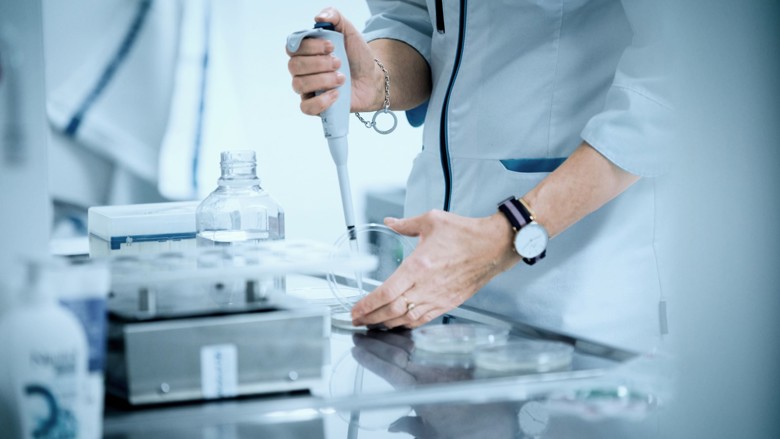Quality of drinking water

Residents of the Helsinki metropolitan area drink tap water that is of excellent quality. Most of the raw water for the Helsinki metropolitan area comes from Lake Päijänne by a tunnel running over a distance of more than 120 kilometres. The multi-stage treatment process of our water treatment plants produces high-quality supply water. We make sure that there are no substances or microbes in the water that are harmful to health.
Water quality
The water quality in the Helsinki metropolitan area is high. The household water we produce easily fulfils the quality requirements and recommendations set by the Ministry of Social Affairs and Health in its related decree (1352/2015). In addition to HSY’s own control samples, the health protection authorities of municipalities monitor the water quality in the supply network in accordance with the control research programme.
We monitor the microbiological, physico-chemical and sensory quality of water provided by the Pitkäkoski and Vanhakaupunki water treatment plants every weekday in our laboratory. In addition to this, we supervise the water quality in the water supply network. We carry out approximately 40,000 water analyses each year to monitor the quality of raw water, the treatment process and supply water provided by the plants, as well as the water quality in the water supply network.
Water quality table,
The water quality table is updated four times a year.Water hardness
The household water in the Helsinki metropolitan area is soft, which means that its lime content is low. This is why less detergent can be used than with hard water. In the Helsinki metropolitan area, the hardness of water ranges from 2.7 to 4.5 °dH, depending on the plant.
Degree of water hardness
Very soft = 0–2 °dH
Soft = 2–5 °dH
Medium hard = 5–10 °dH
Hard = 10–21 °dH
The WSP risk assessments have been approved
In accordance with Section 20 of the Health Protection Act, the health protection authorities of Helsinki, Espoo and Vantaa have approved the risk assessment on issues affecting the quality of supply water carried out by Helsinki Region Environmental Services HSY in autumn 2018. The risk assessment was carried out together with the health protection authorities. The decisions made by the authorities state that the prerequisites for HSY’s operations have been organised in compliance with the requirements of the Health Protection Act and Decree.
HSY carried out the risk assessment using the Water Safety Plan method recommended by the World Health Organization (WHO). The WSP method is a systematic risk management system covering the entire supply water production chain, where risks related to water quality, from the surface water catchment area to the consumer’s tap, are assessed. The WSP method has been in use at HSY since 2006.